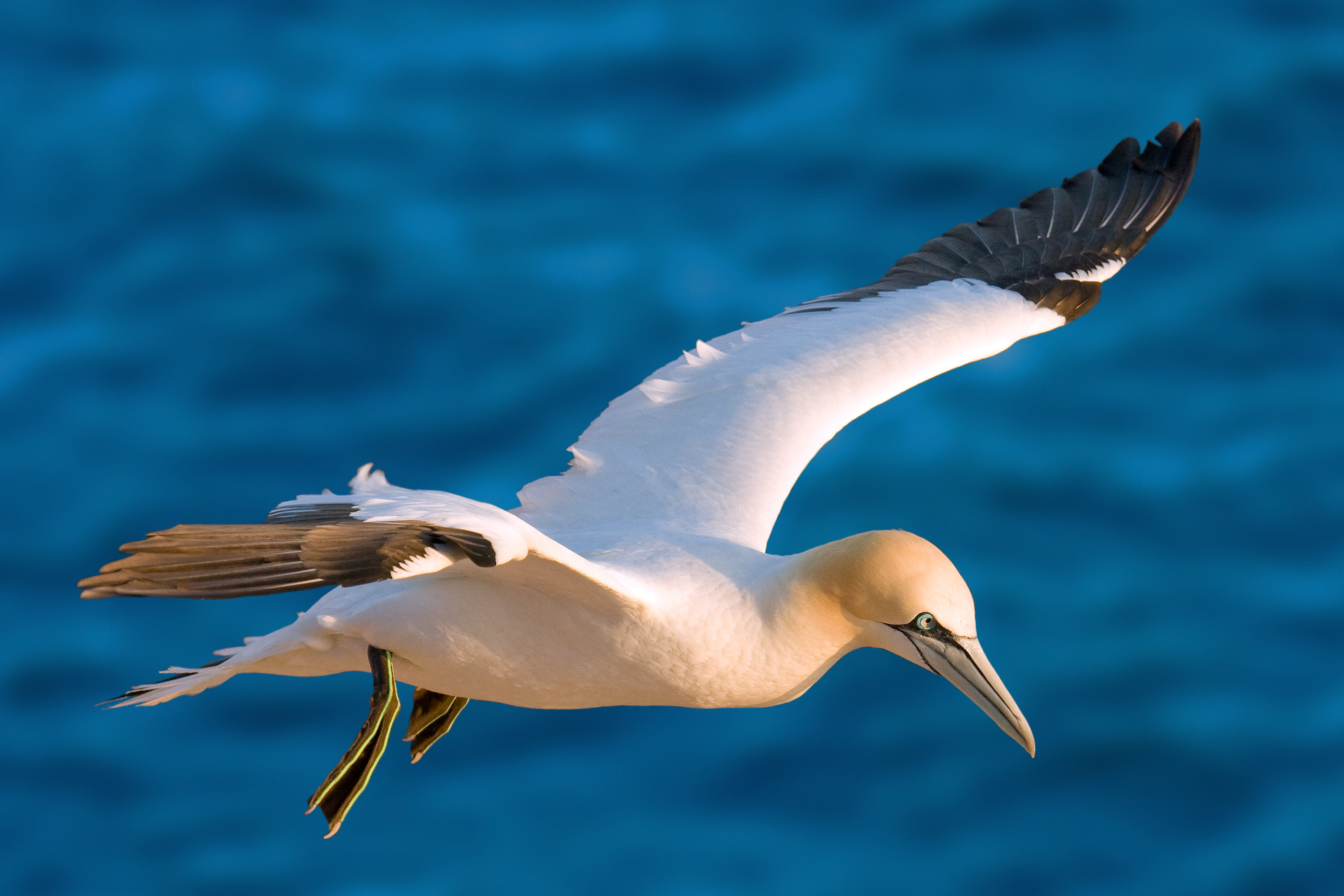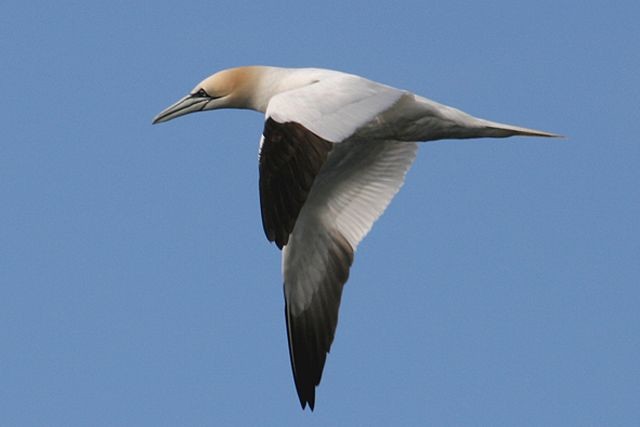Paleontologists have unearthed the fossilized remains of an extinct gannet species that lived in what is now Portugal during the Miocene epoch, some 15 million years ago.

Possible reconstitution of the individual Morus sp. from the Praia do Penedo Norte, Portugal. Image credit: Alexandre Fonseca.
Gannets are seabirds comprising the genus Morus in the family Sulidae, closely related to boobies.
The genus includes three living species: Morus bassanus, Morus capensis and Morus serrator.

Gannets are large seabirds that live on coastal areas and normally breed in large colonies, along offshore islands or in mainland coastal cliffs. After the breeding season, these birds disperse over a wide area.
“Nowadays, Morus bassanus lives in both sides of the North Atlantic, the range of Morus capensis extends from the coastal waters off the Gulf of Guinea on the west coast of Africa, to Mozambique, on the east coast,” said lead author Dr. Silvério Figueiredo, a paleontologist with the Instituto Politécnico de Tomar, the Centro de Geociências da Universidade de Coimbra and the Centro Português de Geo-História e Pré-História, and colleagues.
“Morus serrator lives in Western Australia, and in the North and South Islands of New Zealand.”

“In all world there are eleven species of Morus described in the fossil record of America and Europe,” they added.
“Our work reports another presence of Morus in Europe and constitutes the first to be reported in the Miocene of Iberian Peninsula.”
The fossilized coracoid bone attributed to Morus sp. was found in 1996 at the basal beds of the cliff of the Praia do Penedo Norte, Setúbal Peninsula, Portugal.

“The presence of seabirds in the Miocene of Praia do Penedo Norte is consistent with the fossil record of this paleontological site, where remains of marine vertebrates abound,” the authors said.
“The marine paleoenvironments over the continental shelf, as the calcareous nannofossils found in the sequence Praia do Penedo Norte indicate, are also in agreement with the environments frequented by birds of the genus Morus.”
“The biostratigraphic calcareous nannofossil framework dates this specimen as Langhian, Middle Miocene, 16 to 14 million years ago.”
Source: sci.news








